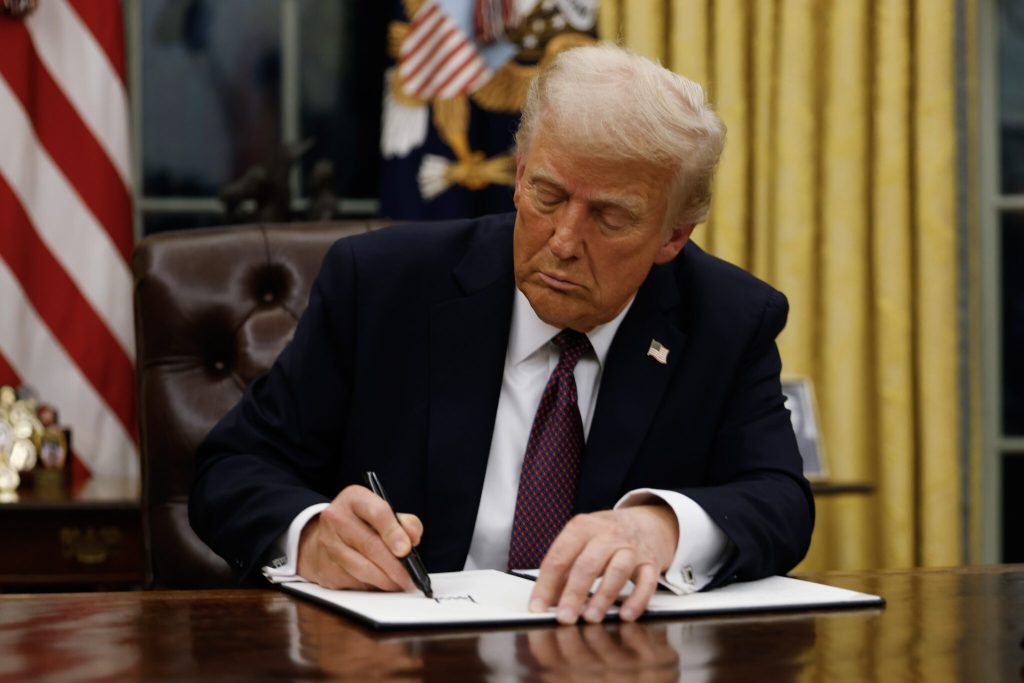Trump Signs Order to Dismantle Education Department in Federal-State Power Shift

U.S. President Donald Trump signed an executive order Friday to dismantle the U.S. Department of Education. The move fulfills a campaign promise and marks a major shift in federal education policy. Trump declared the action would “restore local control” to states. Critics warn it could harm vulnerable students nationwide.
Order Details and Immediate Impact
The order directs Education Secretary Linda McMahon to transfer authority to states. Legal experts note complete elimination requires Congressional approval. Last week, 1,300 department employees received layoff notices. This cut the workforce by 31% before restructuring.
“We’re cutting the bureaucracy, not the help,” Trump told reporters. He claims student loan programs and civil rights enforcement will continue under a “streamlined” system.
Reactions from Educators and Politicians
Teachers unions reacted swiftly. National Education Association President Becky Pringle called it “a wrecking ball to public schools.” She cited potential impacts on class sizes and special education services.
California Teachers Association leader David Goldberg warned of funding losses. He said districts might lose $12 billion in Title I funding for low-income students.
Some Republican governors praised the shift. Texas’ Greg Abbott called it “a victory for parents” at the signing ceremony. His state receives $5.4 billion annually in federal education dollars.

Remaining Functions and Challenges
White House Press Secretary Karoline Leavitt confirmed three core functions will persist temporarily:
- Processing student loans through existing contracts
- Distributing Pell Grants
- Investigating civil rights complaints
However, she gave no details about which agencies might inherit these roles long-term. Education policy analysts expressed skepticism. They note transferring $1.6 trillion in student debt would be complex.
“This isn’t like changing a lightbulb,” said Brookings Institution researcher Clare McCann. “You can’t move Title IX enforcement to Treasury without years of staff training.”
Political Battle Ahead
The fight now moves to Capitol Hill. Democratic leaders vowed to oppose the Trump order. Senator Patty Murray (D-Wash.) called it “a backdoor attempt to defund public schools.” She noted Congress must approve any agency dissolution.
House Speaker Mike Johnson (R-La.) supported “returning education decisions to those who know children’s names.” Historical precedent suggests challenges ahead. In 1996, Republicans tried eliminating the department. Widespread protests forced them to abandon the effort.

Uncertain Future for Schools
Uncertainty now reigns in schools across America. Louisville high school principal Jamal Carter worries about special education funding. “We’ve got 200 kids relying on those federal guarantees,” he said.
Some charter school operators see opportunity. “States can finally innovate without Washington’s red tape,” argued former Arizona education chief Lisa Graham Keegan.
As legal challenges mount, millions of families wait to see if this power shift becomes permanent. The full impact on America’s education system remains to be seen.

